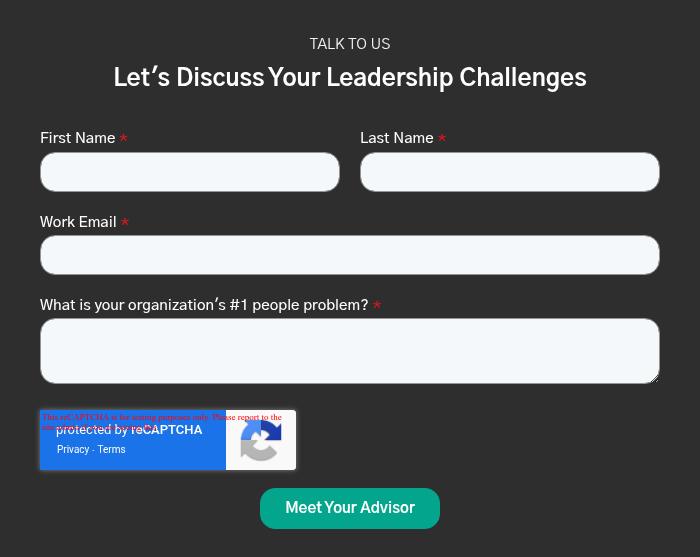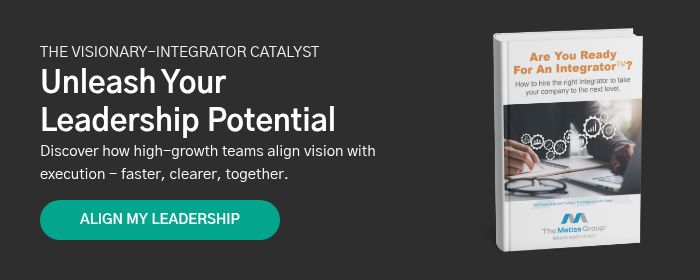When Whim Becomes a Workflow: How Indecisive Leadership Stalls Team Performance
November 3rd, 2025
4 min read
By John Gave

At first, it was quirky. The CEO would walk into Monday’s leadership meeting brimming with a bold new idea. Tuesday, that idea was sidelined. By Thursday, priorities had shifted again—this time in a completely different direction. The team, once energized by entrepreneurial spirit, began to hesitate. They had learned not to invest too heavily in any one initiative. After all, it was only a matter of time before it was abandoned for the next shiny object.
What began as a culture of rapid innovation quickly devolved into organizational inertia. Strategic projects never reached completion. Employees stopped proposing new ideas. Some did less than they were capable of, not out of laziness, but as a form of self-preservation. Eventually, a sobering truth emerged: the company was more productive when the CEO was out of office.
Every leader pivots. In fact, adaptability is a hallmark of good strategy. But there is a difference between responding to change and causing chaos. When a company grows beyond a handful of people, the margin for unstructured leadership shrinks dramatically. Complex businesses require aligned direction, disciplined focus, and clarity of purpose. Without these, the very people hired to drive execution become hesitant and disengaged.
Organizations facing this challenge often benefit from structured operating systems like EOS® (Entrepreneurial Operating System), which are designed to support scaling CEOs. These frameworks provide the discipline, visibility, and rhythm needed to keep leadership teams aligned, even when course corrections are necessary.
This article explores what happens when a CEO's indecisiveness undermines their team’s performance. It examines how shifting priorities, when unchecked, degrade trust, reduce accountability, and drain organizational momentum. It also offers a practical solution for CEOs who want to maintain agility without sacrificing clarity.
In this article, you will learn:
The Hidden Cost of Constantly Shifting Priorities
Why This Approach Fails as Companies Grow
When the Team Works Better Without the CEO
The Case for Structure: How EOS® Restores Focus and Accountability
Discipline Is Not the Enemy of Innovation
The Hidden Cost of Constantly Shifting Priorities
To the well-intentioned CEO, pivoting quickly may feel like a sign of responsiveness. They may see it as agility in action. But to the team, frequent changes in direction are less empowering and more destabilizing. When yesterday’s top priority is quietly dropped, employees question whether today's marching orders are worth pursuing. The result is often a quiet erosion of initiative.
People stop thinking strategically. They stop anticipating next steps or making proactive decisions. Over time, the team learns to do only what it is explicitly told to do—nothing more. The reason is simple: energy spent beyond the minimum is often wasted. Without consistency from the top, initiative becomes a liability.
One of our relatively large property management company CEOs proudly declared he was a chaos creator. He was emphatically describing that as his primary job! It took several real life examples to provide to him even his executive team couldn't predict what his next move or whim might be so they'd wait and see. This made the CEO the ultimate bottle neck as none of the other C-suite executives could make a decision without predictable borders and boundaries.
Why This Approach Fails as Companies Grow
When teams are small, decisions can be made in real time. The cost of changing direction is relatively low. Priorities are easier to communicate. Execution is more nimble. But as a company scales, the consequences of impulsive shifts increase exponentially.
Projects cross departments. Dependencies multiply. Resources become more constrained. A single new initiative can disrupt six others, delaying progress across the board. What once felt like “fast and flexible” now creates bottlenecks. Momentum dies in a tangle of half-finished projects and missed deadlines.
At this stage, the CEO’s credibility begins to erode. Promises ring hollow. Enthusiasm wanes. The leadership team becomes focused on managing expectations, not outcomes. The organization doesn't just lose speed—it loses confidence.
When the Team Works Better Without the CEO
One of the most telling signs of this problem is what happens when the CEO steps away. In some cases, productivity increases. Meetings are more efficient. Priorities remain stable. Teams begin to operate with greater focus and less confusion.
This is not a sign the CEO is unnecessary. It is a sign their leadership style no longer matches the complexity of the business. The intent may be good, but without discipline, that intent becomes noise. A company cannot thrive on good ideas alone. It needs alignment, sequencing, and follow-through.
The Case for Structure: How EOS® Restores Focus and Accountability
To counter this pattern, many growth-stage CEOs adopt a structured operating system like EOS®. It is not about bureaucracy. It is about rhythm, clarity, and accountability.
EOS® provides a set of tools and meeting cadences to keep the leadership team focused on the most critical priorities each quarter. It forces hard conversations about what matters now versus later. It creates visibility around commitments, making it harder to abandon priorities mid-cycle without cause.
Perhaps most importantly, it distributes leadership. When the CEO commits to EOS, they give their leadership team the autonomy and responsibility to execute—without micromanagement and without constant shifts. The CEO remains the vision-setter, but now within a framework that respects the cost of change.
Discipline Is Not the Enemy of Innovation
The fear for many visionary CEOs is structure will stifle creativity. The opposite is true. When a team knows what the focus is, they can innovate within clear boundaries. They have room to experiment, but with accountability and purpose. This is what enables sustainable growth.
Operating systems like EOS® do not eliminate change. They make change intentional. They ensure pivots are strategic, not reactive. They help CEOs lead with clarity and their teams follow with confidence.

Takeaways
Every CEO has the right to change direction. But when shifting priorities become the norm rather than the exception, performance suffers. Teams disengage. Initiatives stall. The organization slows down even as the pace of decision-making speeds up.
The answer is not to abandon agility. It is to build structure around it. A strategic framework like EOS® gives CEOs the tools to lead with both vision and discipline. It aligns the leadership team, protects focus, and restores trust.
Discipline is not a constraint. It is the platform from which smart, timely decisions can be made—and followed through.

